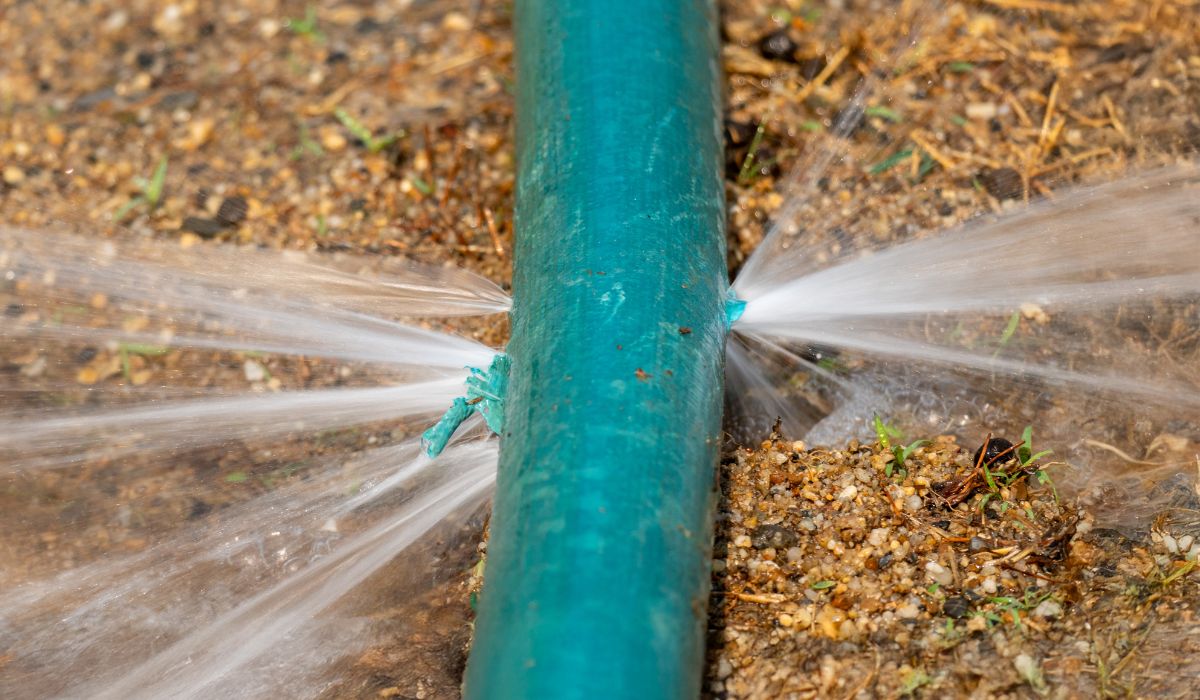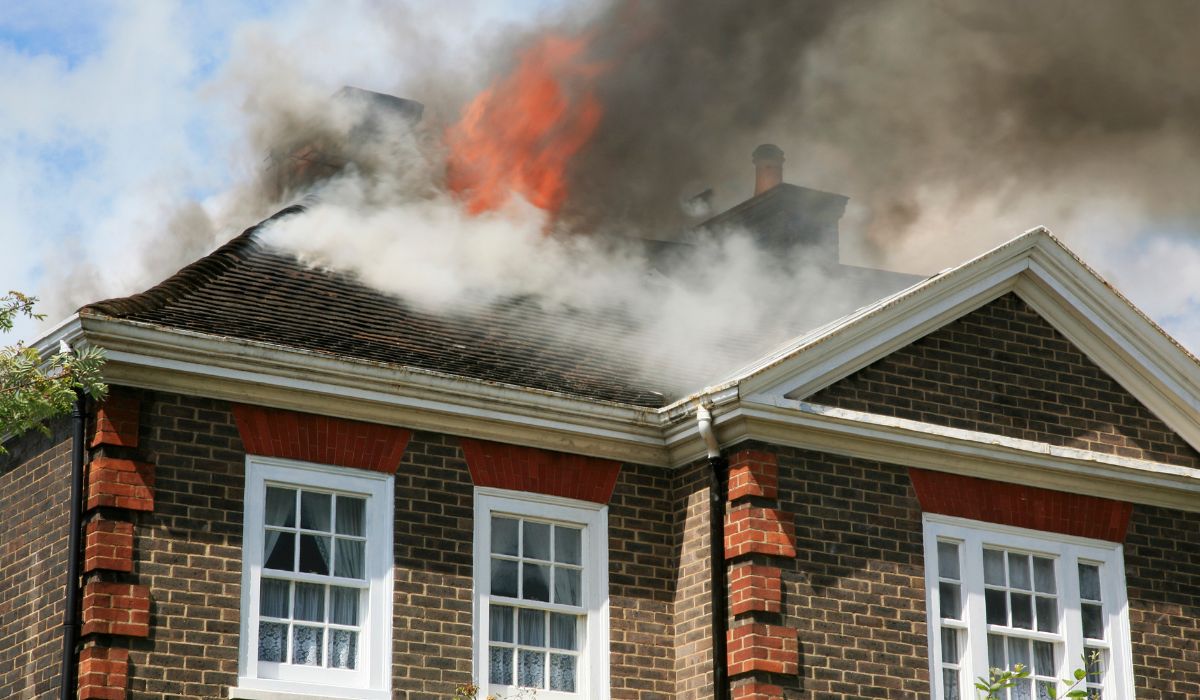Mold vs Mildew: Easy Guide for Kids and Parents
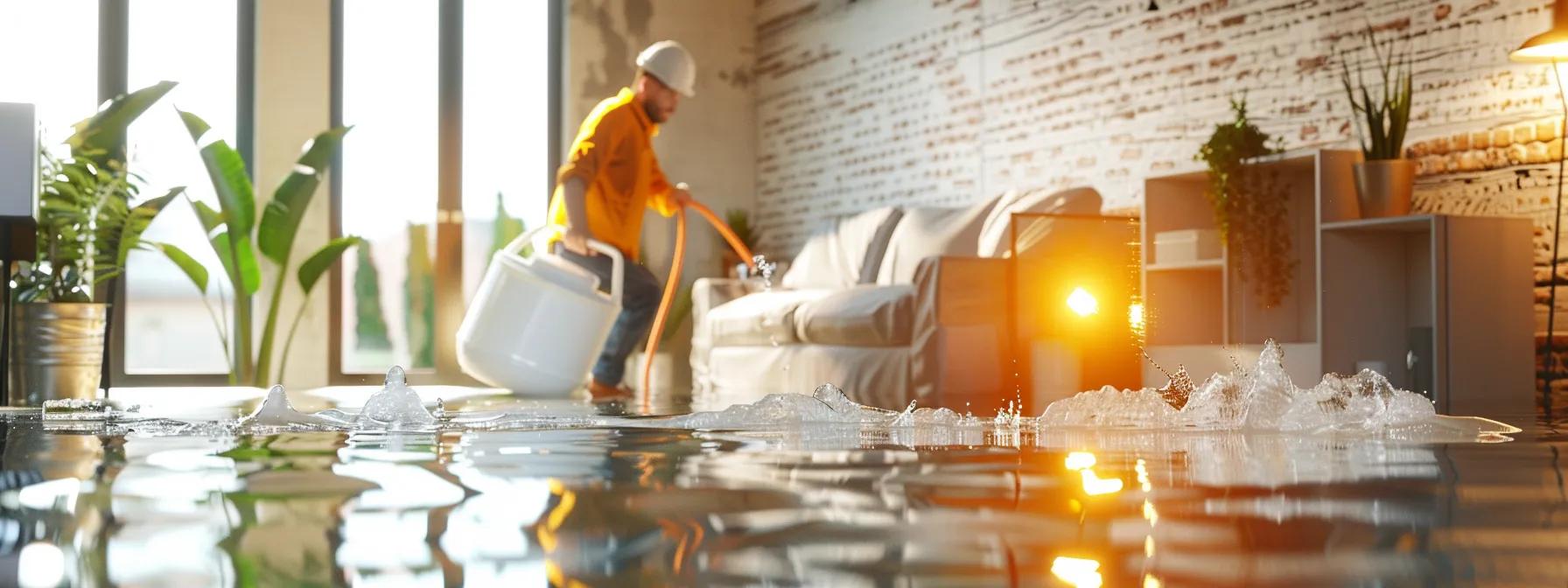
What Is the Difference Between Mold and Mildew?
Mold and mildew are types of fungus, and they love moisture. You can find them growing in your bathroom, basement, or even on your clothing. They may look alike, but mold vs mildew have big differences in how they grow, smell, and affect your health.
Mildew usually looks white or gray and stays flat. Mold is often green, black, or even orange and gets fuzzy or slimy. Both love dark, wet places. Yuck!
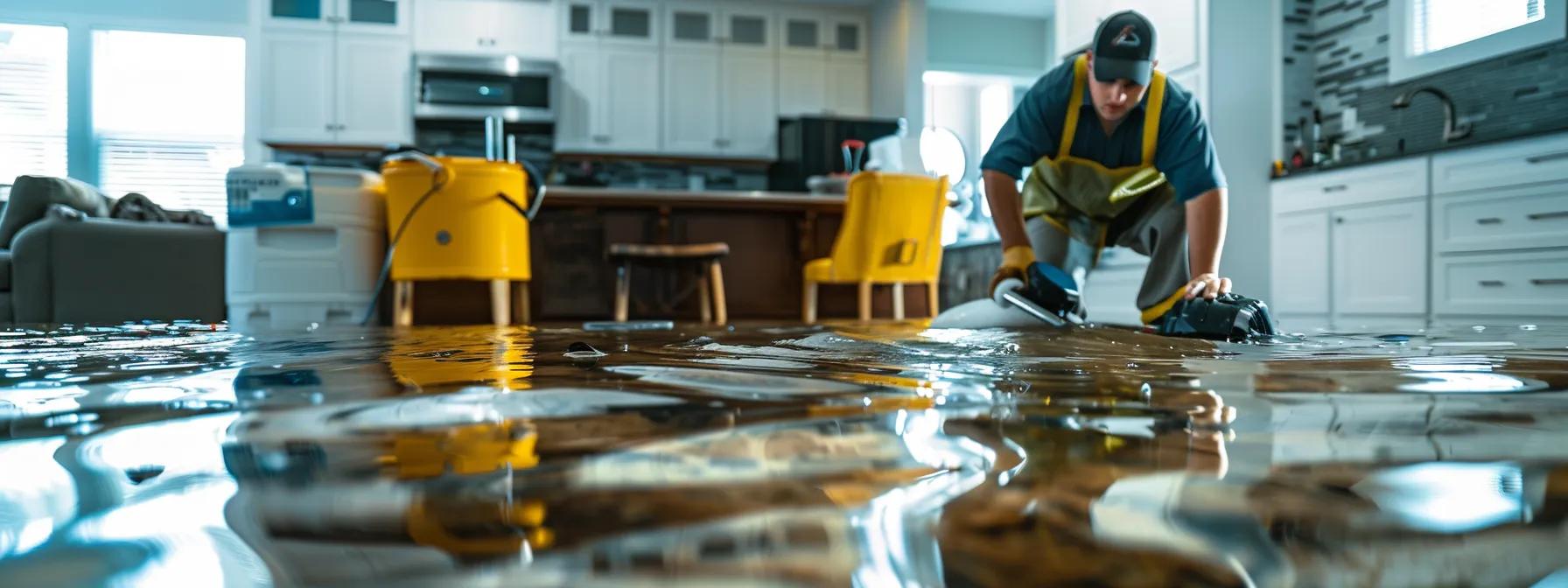
Where You Might Find Mold and Mildew
In the Bathroom
In the Basement or Attic
In the Kitchen and Laundry Room
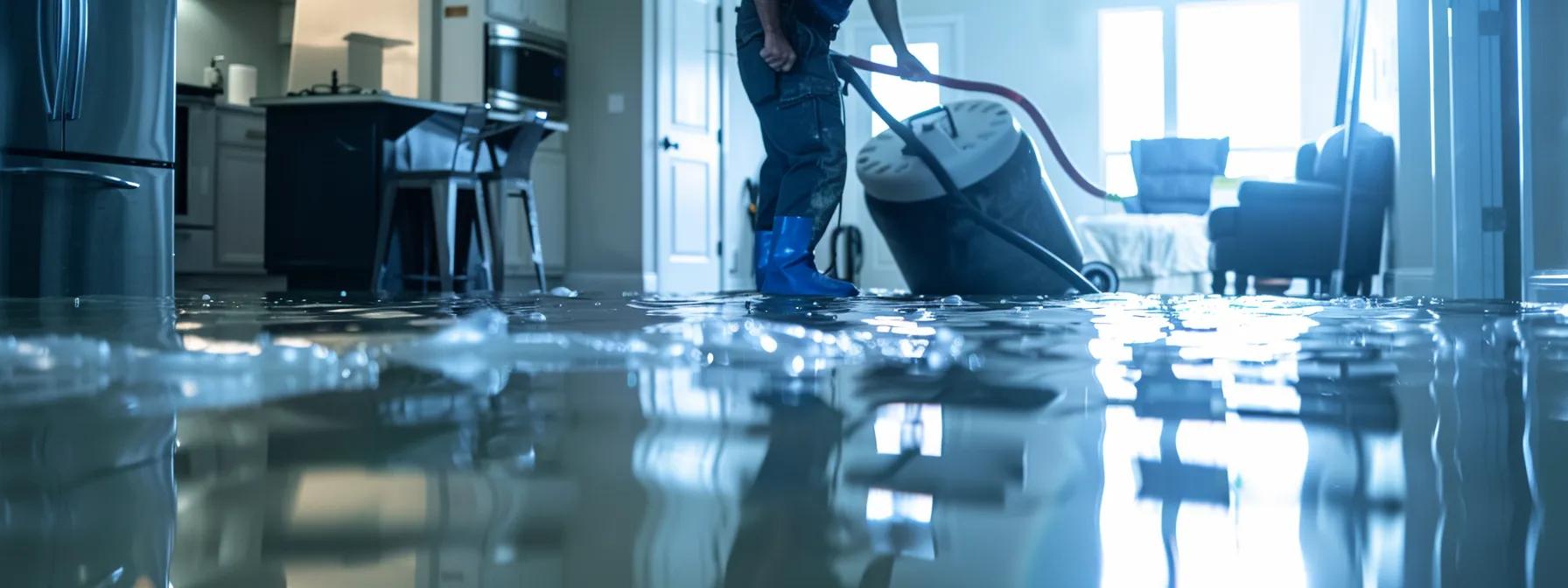
What Causes Mold and Mildew?
While water damage categories address the contamination level, water damage classes focus on the amount of water absorption and the potential for damage to various structures and materials. The class system helps restoration professionals determine the extent of saturation and the necessary drying equipment to be used. Classes vary depending on the types of materials affected (e.g., porous or nonporous surfaces) and the overall impact on the building’s structure. This distinction is critical for planning an effective remediation process and ensuring that drying is both efficient and sufficient to prevent mold and further degradation.
Water Damage and Leaks
High Humidity
Poor Ventilation
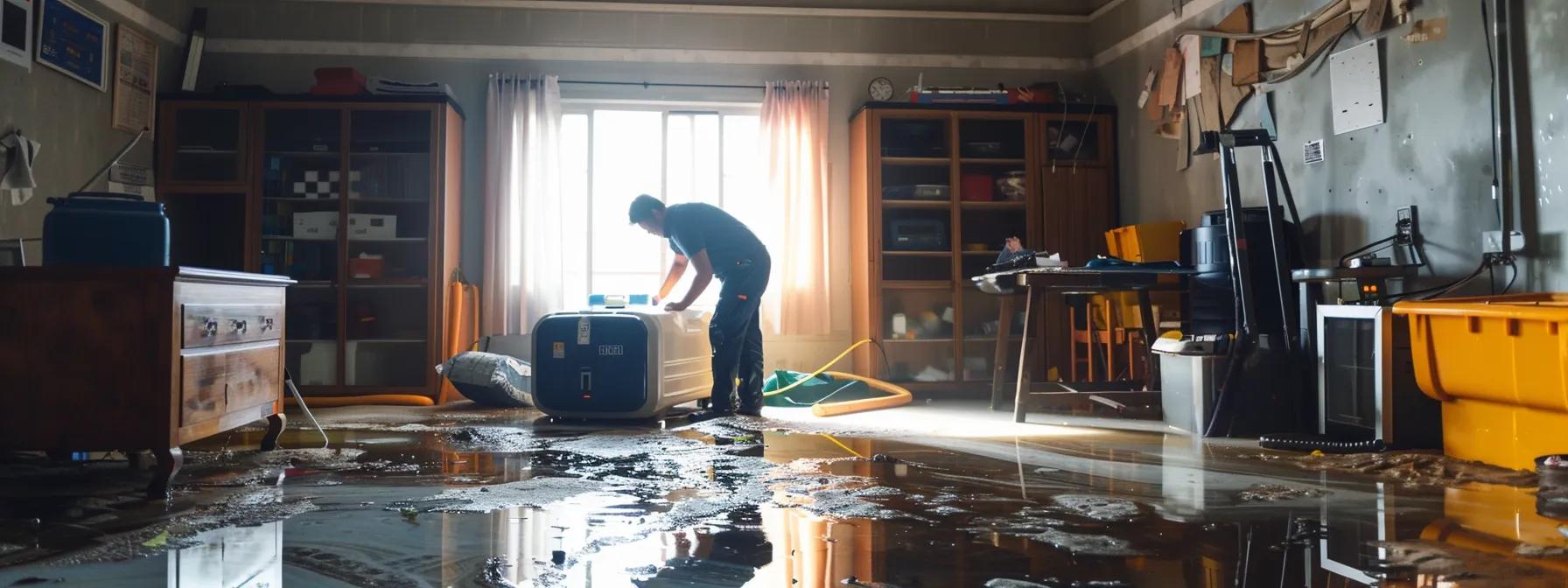
What Does Mold Look and Smell Like?
Mold can be black, green, yellow, or even white. Some types, like stachybotrys, are very dark and slimy. Others, like penicillium, are blue-green and fuzzy.
Mold smells bad. It has a strong, musty odor—kind of like old, wet towels or paper.
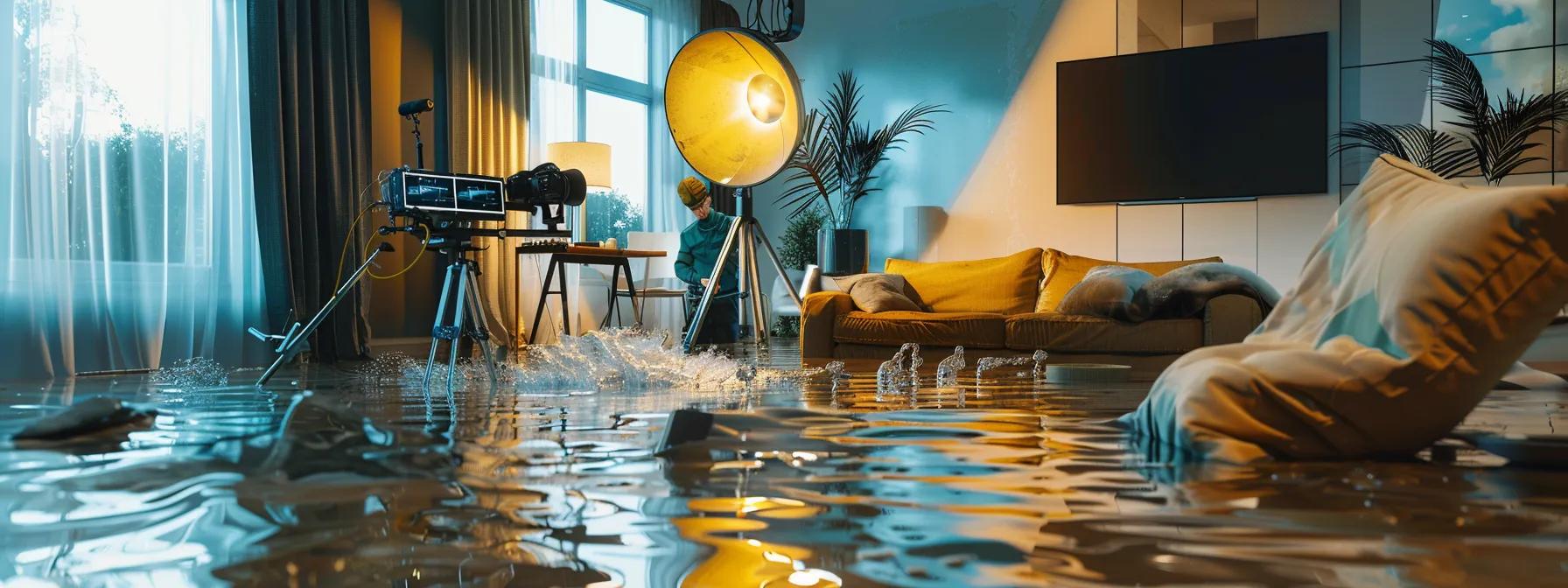
What Does Mildew Look and Smell Like?
Mildew is usually gray, white, or light brown. It’s flat and powdery. Ever heard of powdery mildew or downy mildew? Those types can also grow on plants, leaves, and soil.
Mildew has a lighter smell, but it still isn’t pleasant.
Health Problems from Mold and Mildew
Allergy and Irritation
Breathing Issues
More Serious Health Risks
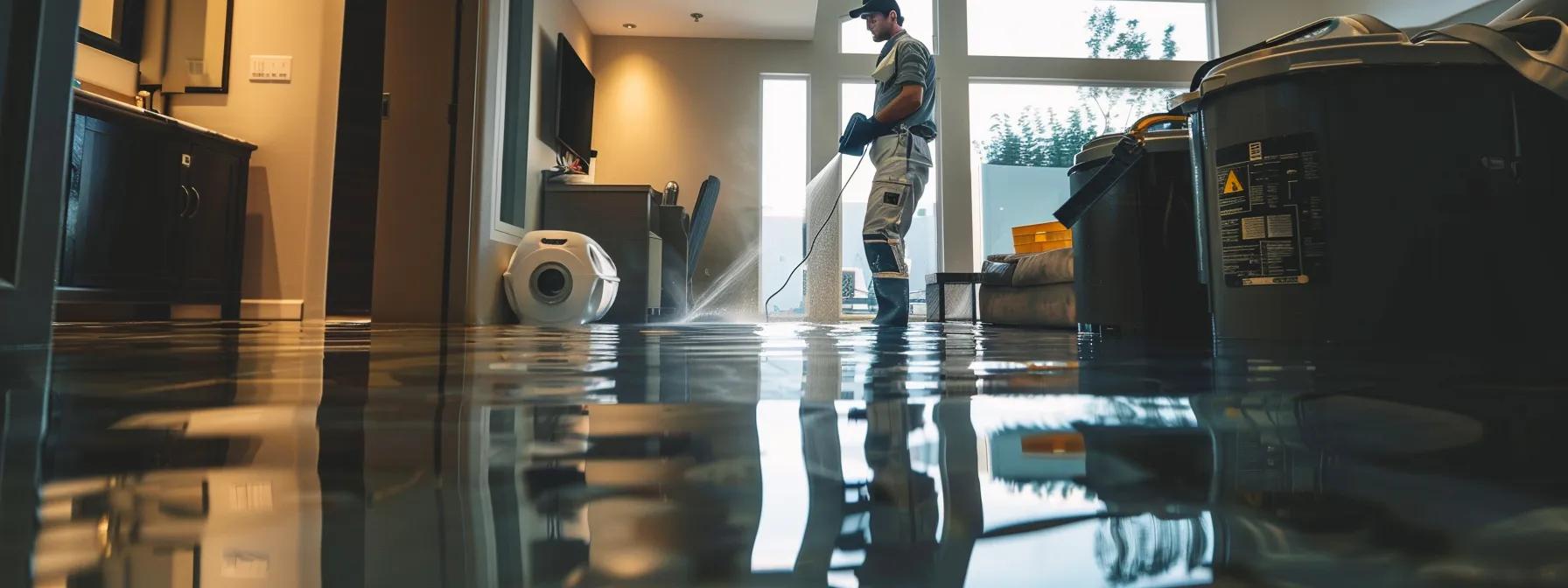
Mold and Mildew in Your Home
On Surfaces
On Plants
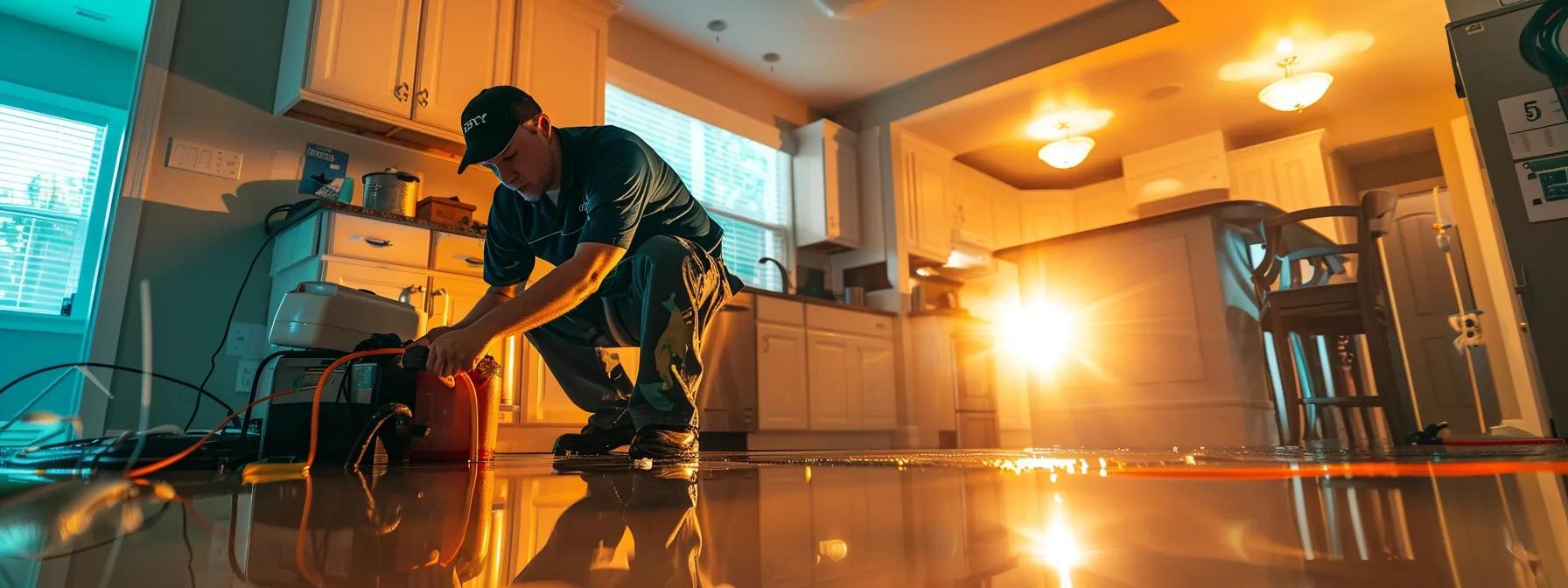
How to Remove Mold and Mildew
Use Vinegar or Bleach
To clean mildew, mix vinegar or bleach with water. Always wear gloves and open windows for airflow. Use a brush or sponge to scrub the area.
Never mix bleach and vinegar together—it can make dangerous fumes!
Wash Clothes and Towels
Call for Mold Remediation
How to Stop Mold and Mildew from Growing
Control Moisture
Improve Ventilation
Use an Air Purifier
Keep It Clean
Common Places People Forget to Check
Behind the toilet
Inside ducts
Under flooring
Around windows
In the closet
Behind furniture
Near the roof or attic
Mold can hide! Doing a full check every season can stop a small problem from becoming a big one.
FAQs About Mold vs Mildew
What’s worse for your health: mold or mildew?
Mold is usually worse. It can cause asthma, lung problems, and even serious disease. Mildew can cause allergies but is less dangerous.
Can mildew turn into mold?
Not really. They’re different types of fungus, but they grow in similar places. However, both can be found together in damp areas.
How can I tell if it’s mildew or mold?
Mildew is flat and light-colored. Mold is darker, fuzzier, and smells stronger. Mold also grows deeper into surfaces like wood or drywall.
Does bleach kill mold and mildew?
Yes, but only on hard surfaces. Bleach doesn’t always kill deep mold inside walls, flooring, or carpet. Use vinegar for a safer option or call a pro.
What is the best way to prevent mold and mildew?
Keep your home dry and clean. Use a dehumidifier, fix leaks, and make sure you have good ventilation. This helps stop mold before it starts.


